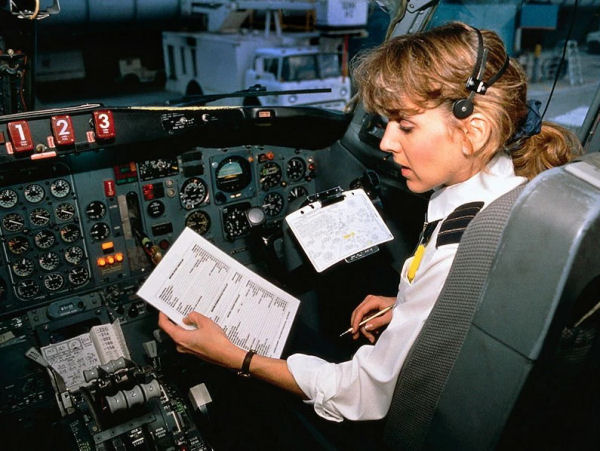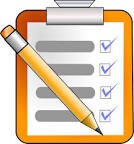A Best Practice for Accident Prevention

Even though it’s sometimes hard to credit our brothers and sisters in the aviation world, they have proven themselves with an excellent record of flight safety. One of the keys to this success is the use of checklists for take-off, landing, and in-flight emergencies. Like aircraft, boats have many moving parts and some of them are critical to sustained operations. Here’s a quick checklist that will make you operate like a prop.
Why Even Veteran Boaters Need a Checklist
Many boaters may say, “Why the heck do I need a checklist? I have been doing this stuff all my life”! Unfortunately, everyone occasionally forgets the important stuff. How many times have we forgotten to stow that last fender from hanging over the side, or forgot to turn on the VHF radio, or switch the batteries at the end of the day.
The checklist can be as minor as a few of the most important items, or several pages that expand over several days for longer trips.
Suggested Checklist
A good example of some checklist items for an inboard or inboard/outboard boat might include –
1. Check engine compartment for gas fumes, excess oil, loose wiring
2. Check seacocks and overboard discharges
3. Check hoses to fittings below the water line
4. Check and top off all fluids
5. Are their enough PFDs for all passengers?
6. Energize blower to eliminate any possible fumes
7. Start engine(s)
8. Energize VHF radio
9. Energize GPS/chartplotter with route/waypoints
10. Check that sterndrive trim is working (if applicable)
11. Make sure trim tabs are working
12. Check steering
13. Monitor all gauges (are they working, reading right?)
14. Ensure adequate provisions are aboard (food, water, bait, cell phone, first aid kit)
15. Secure lines and fenders aboard
For longer, more extensive voyages, one might add/include:
- Check weather forecasts
- Arrange fuel and provision stops
- Review tides/currents throughout the trip
- Check Local Notice to Mariners
- Arrange for dockage in advance
Finally, securing the boat at the end of the day can be just as important (especially when we are tired from a long day of awesome adventures on the water). These additional items may include –
1. Flush engine
2. Rinse boat
3. Remove all food
4. Open frig/cooler for ventilation
5. Remove cell phone/wallet/purse
6. Remove bait
7. Turn off batteries and turn on charger
8. Make sure automatic bilge pump is working
9. Lock cabin/console
10. Cover boat
11. Ensure lines and fenders are properly secured
Being ready for anything starts with good planning preparation and a good checklist!
